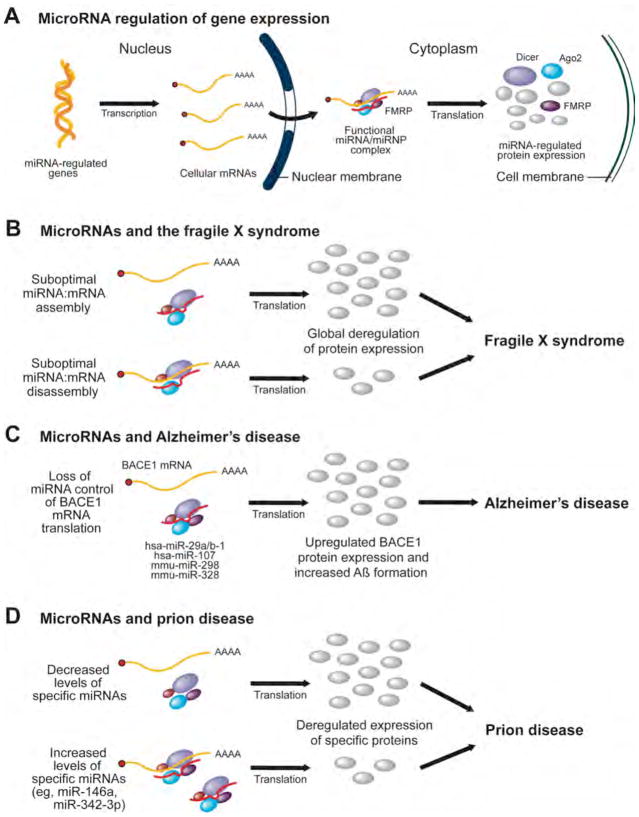Figure 1. MicroRNAs as a molecular basis for neurological and neurodegenerative diseases, such as the fragile X syndrome, Alzheimer’s disease and prion disease.
(A) A simplified schematic illustration of the microRNA (miRNA) regulation of messenger RNA (mRNA) translation in human cells. (B) Suboptimal utilization of miRNAs, i.e. miRNA:mRNA assembly and/or disassembly, may be caused by a deregulated expression of fragile X mental retardation protein (FMRP), a protein component of the miRNA machinery, and account for some of the molecular defects in patients with the fragile X syndrome. (C) Loss of miRNA control of APP-converting enzyme (BACE1) mRNA may lead to enhanced BACE1 protein expression, with a corresponding increase in β-amyloid (Aβ) formation and deposition, which may favor the development of Alzheimer’s disease (AD). (D) Deregulated levels of specific miRNAs have been reported in brains affected by prionopathies, which may result in an altered expression of genes involved in cell death, synapse function, and neurogenesis. Ago2, Argonaute 2; hsa, homo sapiens; miRNP, miRNA-containing RNP; mmu, mus musculus.

